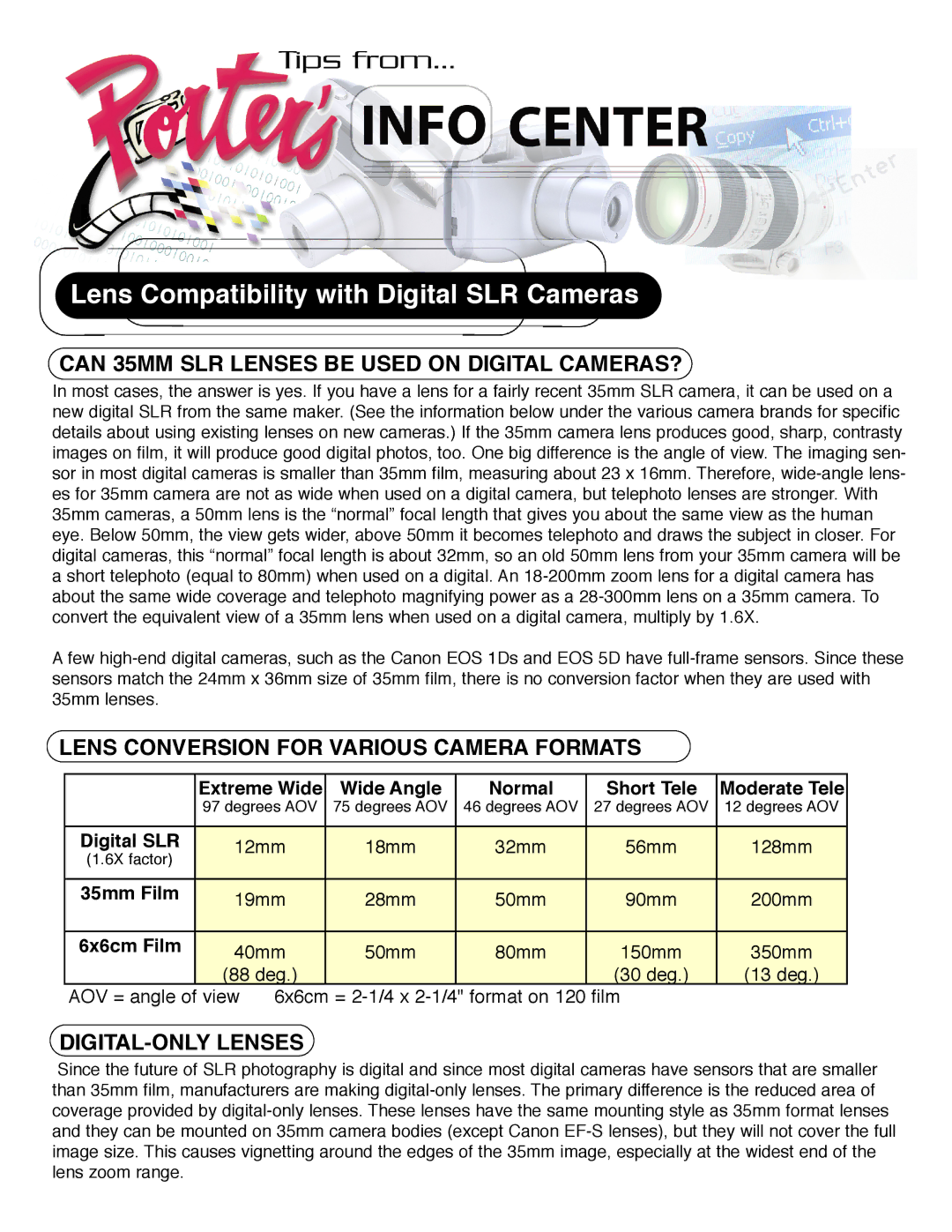CAN 35MM specifications
The Sigma 35mm F1.4 DG HSM Art lens has established itself as a versatile masterpiece in the world of photography. Designed for both full-frame and APS-C cameras, this prime lens is a member of Sigma's prestigious Art line, emphasizing exceptional optical performance, outstanding build quality, and innovative technology.One of the key features of the Sigma 35mm F1.4 is its fast maximum aperture of F1.4. This large aperture allows for excellent low-light performance, making it suitable for indoor photography and night-time scenes. It also provides a shallow depth of field, allowing photographers to create stunning bokeh effects, isolating subjects from their backgrounds with unparalleled precision.
The lens incorporates advanced optical technologies, including aspherical and special low dispersion (SLD) glass elements. These elements work together to minimize various optical aberrations, such as spherical and chromatic aberrations, resulting in sharp, clear images across the entire frame. With an emphasis on edge-to-edge performance, the Sigma 35mm F1.4 delivers exceptional sharpness even at wide open apertures.
Another notable characteristic of this lens is its Hyper Sonic Motor (HSM) technology, which ensures fast, quiet, and precise autofocus. This feature is particularly beneficial for capturing spontaneous moments or shooting video, where noise can be a distraction. The lens also includes a rounded 9-blade diaphragm, enhancing the quality of out-of-focus highlights for pleasing bokeh.
The build quality of the Sigma 35mm F1.4 DG HSM Art is robust, featuring a rugged, weather-sealed construction that can withstand various shooting conditions. A high-quality thermally stable composite (TSC) material is used, which helps in maintaining optical performance under temperature fluctuations.
In addition to its impressive optical performance, this lens also supports Sigma's USB Dock, allowing photographers to update firmware and fine-tune autofocus settings according to their preferences. This feature offers a level of customization that is appreciated by serious photographers.
Overall, the Sigma 35mm F1.4 DG HSM Art lens stands out due to its impressive array of features, including a bright aperture, excellent build quality, and advanced optical technologies, making it an essential tool for professional photographers and enthusiasts alike.

